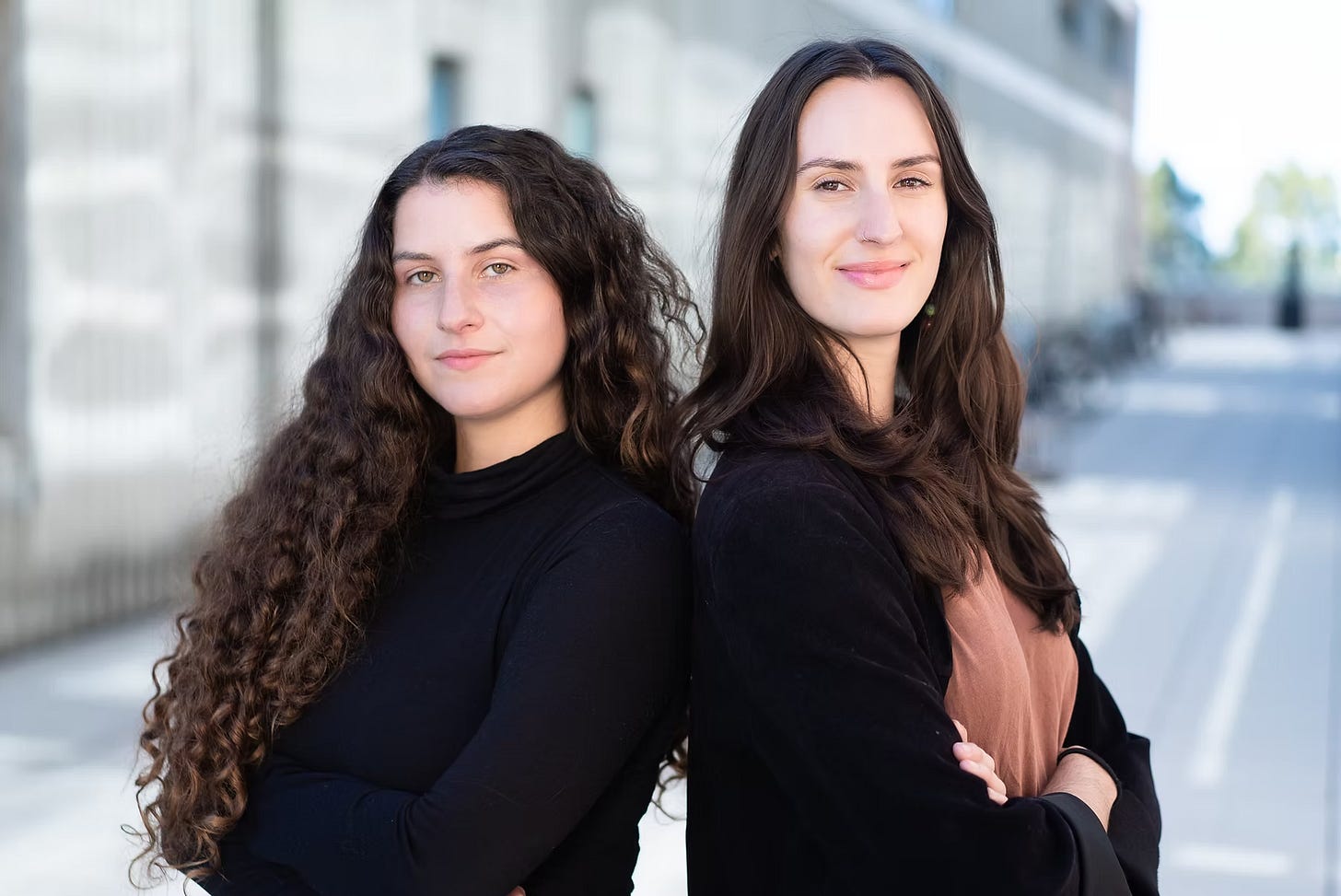🤖 How This Floating Drone Is Saving Our Oceans
And Protecting Our Drinking Water
Today’s eco snapshot👇🏽
How This Floating Drone Is Saving Our Oceans
Startup of the Week: Wonderfil
5 Sustainable Brands I Recently Discovered
News That Lifted My Spirits This Week
3 Ways I Can Support Your Sustainability Journey
🤖 How This Floating Drone Is Saving Our Oceans
We are surrounded by plastics. From takeout containers and grocery bags to personal care and cleaning products, plastics are everywhere. While we may think that most of it is recycled, in reality, less than 10% is actually recycled. The rest ends up in incinerators or landfills.
And a huge chunk of it finds its way to oceans, rivers, and lakes around the world. There, this plastic breaks down into smaller plastic debris known as microplastics. These microplastics are 1-4mm in size and are very hard to remove. Marine organisms ingest them and from there, they enter the food chain. These microplastics have been found even in human placentas!

Now to solve this issue, Dr. Seong Jin Kim and Dr. Myoung-Woon Moon at the Korea Institute of Science and Technology (KIST) have developed a floating drone that can collect microplastics from water.
➡️ The drone uses water-attracting teeth.
➡️ These teeth create a tiny bridge that traps microplastics and holds them in place.
➡️ This can purify any water body like a robotic vacuum cleaner.
The same mechanism can be used in households as well to clean up the drinking water. This will help reduce the use of packaged drinking water, further bringing down plastic use.
An innovative way to clean up the planet!
⌛ Time for the quiz of the week
Answer at the end of the newsletter. No one (including me) can see your response so feel free to vote 😉
✨ Startup of the Week: Wonderfil
Childhood friends Amelia and Shiloh were fed up with the single-use plastic problem. So instead of ranting, they decided to solve it…
Recycling myth…Single-use plastic doesn't just vanish into thin air. Less than 10% gets recycled, while the rest ends up in our landfills & oceans — often outliving us humans! Consumers are now expected to solve this problem through reusable bags, glass containers, and steel bottles.
Gotta share…But let's be real — there's only so much individuals can do. The responsibility also falls on producers to eliminate single-use plastics and create more sustainable systems. That's where Wonderfil steps in. They're building a refill infrastructure for liquid and cream products like handwash, dish soap & moisturizers that can be dispensed from Wonderfil refill stations scattered around town.
Check out the video below to see how Wonderfil works👇🏽
Bringing together…On one side, Wonderfil partners with producers, helping them transition from single-use plastic packaging to bulk distribution models. On the other side, they collaborate with property owners to install Wonderfil refill stations on their premises, making the refill-and-reuse lifestyle convenient and accessible for everyone.
✅ 5 Sustainable Brands I Recently Discovered
Phood: Using AI and computer vision to track food waste in commercial kitchens.
Rescript: If you ever need to print something, this startup wants you to do it guilt-free.
Brisil: Using rice husk ash to make tires, toothpaste, and footwear.
Werewool: Taking inspiration from nature to make plastic-free clothes.
Sproud: Makes plant-based milk from yellow split peas.
😹 News That Lifted My Spirits This Week
Britain's net-zero economy is booming, with 10% growth in 2024 that's adding £83 billion to the economy and creating high-paying jobs with salaries £5,600 above the national average. Despite political opposition, both the Chancellor and business leaders view the green transition as complementary to economic growth, emphasizing its importance for prosperity and energy security.
The UK Government has rejected an application to use a banned bee-killing pesticide called thiamethoxam on sugar beet crops for the first time in five years. Environment Minister Emma Hardy denied the emergency use request from British Sugar and the National Farmers' Union despite claims it would protect against virus-carrying aphids.
China has unveiled the CR450, a high-speed train prototype capable of reaching test speeds of 450 km/h (281 mph) with an operational speed of 400 km/h (248.5 mph). If commercialized, it would become the world's fastest high-speed train, surpassing China's current CR400 model that operates at 350 km/h. Developers praise the prototype for its exceptional speed, energy efficiency, noise control, and braking performance.
💁🏼 3 Ways I Can Support Your Sustainability Journey
If you’re a planet-friendly brand, I can help you with your blogs, newsletters, case studies, and whitepapers. Here’s some of my recent work
If you would like to chat about anything related to sustainability and climate change, you can book a free call
Do you want to be featured in this newsletter and on LinkedIn, where I write impactful stories (almost) every day? Just reply to this email and I will send you the details
Give that 💚 a little tap if this edition helped you learn something new about sustainability and climate change. Have a good weekend, and see you next week :)






Great read!